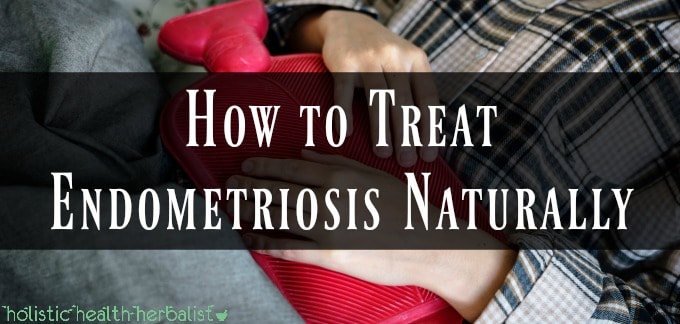
Endometriosis is said to affect over 176 million women worldwide and is one of the leading causes of infertility. It is a painful and inflammatory condition in which the uterine tissue, or endometrium, attaches itself to other organs within the pelvic region. In rare instances, endometriosis can even travel as far as the lungs!
Whether you have mild endometriosis or have it throughout your pelvic cavity, the symptoms of having it are painful and sometimes debilitating.
A Bit More on Endometriosis
What makes endometriosis so uncomfortable is the fact that the legions act just like uterine tissues regardless of where they are.
This means that throughout the menstrual cycle, they thicken, fill will blood, and shed. However, unlike the uterine lining actually within the uterus, this blood has nowhere to go and accumulates within the pelvic cavity where it causes pain and inflammation and can encourage the development of cysts, some of which can grow so large that they bind organs together.
If these cysts rupture, it causes agonizing and debilitating pain.
For many women with this condition, the pain is centralized in the pelvis and lower back. The pain tends to be worse around ovulation, during menstruation, and can even cause intense pain during sexual intercourse.
Prolonged and heavy bleeding during menstruation is another defining characteristic of endometriosis that can often cause anemia.
Here are the most common symptoms of endometriosis:
- Anemia associated with blood loss
- Chronic lower back pain
- Chronic pelvic pain (cramp-like)
- Constipation
- Impaired digestion
- Infertility
- Nausea and vomiting
- Pain during sexual intercourse
- Pain during urination and bowel movements
- Pain in the abdomen and lower back during ovulation and menstruation
- Painful digestion
- Prolonged or excessive bleeding
- Spotting and bleeding between periods
The onset of these symptoms can develop slowly over many years. Each woman will experience a different intensity of pain and symptoms which can make diagnosis difficult.
What Causes Endometriosis?
Unfortunately, no one has a definitive answer as to why uterine tissue starts to spread outside of the uterus to other parts of the body.
One theory suggests that endometriosis may be caused by poor menstrual drainage from the uterus (aka retrograde menstruation) and causes shed uterine tissue to back up into the fallopian tubes and somehow enter the pelvic cavity where it attaches itself to organs and begins to grow.
Another theory suggests that it is caused by endometrial cells that travel and deposit themselves in the pelvic cavity through the bloodstream or lymphatic system, most often on the fallopian tubes, the ovaries, and the bladder.
Others say it is the result of too much exposure to xenoestrogens found in our environment like plastics, household cleaning chemicals, pesticides, herbicides, and hormones in meat and dairy products which disrupt natural estrogen levels in the body.
Some of the assumed root causes of endometriosis include:
- Dysbiosis in the gut
- Heredity
- Hormonal imbalance due to xenoestrogen exposure, diet, impaired liver function
- Impaired immunity (high antibodies and low killer cells)
- Retrograde menstruation (impaired menstrual drainage)
No matter the root cause, endometriosis is believed to be one of the leading causes of infertility in women.
In fact, it is thought to affect 40-60% of women who suffer from very painful periods leaving a staggering 20-30% of those women unable to conceive.
How Can You Get Tested for Endometriosis?
There are a few ways in which you may be able to confirm that you have endometriosis.
These methods include:
- A blood test – to test the antibodies and killer cell activity for immune imbalance
- A hormone test – via the blood, saliva, or urine to determine imbalances in estrogen and progesterone
- Exploratory surgery (laparoscopy) – a small incision is made in the abdomen so that a physician can use a small camera to view organs and the pelvic cavity for endometrial growths
- MRI – the images can help a physician locate endometrial growths
- Pelvic Exam – A physician can manually feel for abnormalities such as cysts and growths. However, it is difficult to feel small areas of endometrium unless it has an accompanying cyst.
- Stool test – to test the flora in your gut for specific imbalances (especially in regards to beta-glucuronidase activity)
- Ultrasound – can be used to locate potential growths, but not always definitive
My mother wasn’t officially diagnosed until her first cesarean because doctors could actually see the scar tissue and endometrial growths outside of her uterus.
Since her periods were always prolonged and heavy with a lot of pelvic and lower back pain, it is safe to say that I may also have endometriosis since I share the same symptoms.
How to Treat Endometriosis Naturally
Endometriosis can be tricky to treat. There is no known cure, but that doesn’t mean you can’t control its symptoms!
One of the most important steps to treat endometriosis naturally is to help the body eliminate excess estrogen.
To do this, you must focus on optimizing liver function so that it can sift through and metabolize estrogen and other hormones without allowing them to be recirculated throughout the body.
One of the best and most non-invasive ways to do this is by eating one raw carrot a day. Believe it or not, carrots contain a special fiber that binds to excess estrogen where it can then be excreted through the large intestine.
To learn more about how carrots can help balance your hormones, I encourage you to read this post on the topic.
Another way to non-invasively help the liver process hormones is by balancing your hormones before your liver is overloaded with them through the use of seed-cycling.
Again, this simple method may sound too easy! How can seeds helps balance hormones, right? But specific seeds DO help the body produce certain hormones during the different times of your cycle so if you’re struggling with infertility issues, you should check out seed-cycling here.
Diet for Treating Endometriosis Naturally
As with almost every health condition, it is important to eat a healthy diet that is rich in nutrient-dense foods that are free of added hormones, pesticides, and herbicides.
Cutting out gluten has been shown to improve the pain associated with endometriosis in 75% of women, so that’s a great place to start!
Omitting inflammatory foods like processed foods, refined sugar, caffeine, and empty carbs will greatly reduce the severity of symptoms as well.
Focusing on eating whole grains, beans, legumes, and vegetables will help rebalance the gut flora responsible for helping the body metabolize estrogen.
Eat fresh fruit and vegetables that are high in indole-3-carbinol like apples, cherries, and cruciferous vegetable to help the liver detoxify excess estrogen.
Support liver health and detox by regularly consuming fresh beets, carrots, and dandelion greens.
Avoid non-organic red meat and dairy as they are often laced with hormones, antibiotics, and other toxins that will impair liver function and detox.
Avoid consuming excess sugar, alcohol, and caffeine to keep your body’s inflammatory response in balance.
One study found that women who consume 2 cups of coffee per day had a significantly greater incidence of endometriosis. Try cutting down your caffeine consumption to alleviate symptoms.
The Best Supplements that Treat Endometriosis Naturally
Before we get into the supplements, I want to encourage you to do your own research and talk to your physician before taking anything. Everyone is different, and it is impossible for me to say which supplements are best for YOU.
Here are some herbs and supplements to look into that may help improve your endometriosis symptoms:
Dandelion Root
Dandelion root is an herb that supports, cleans, and detoxifies the liver which helps it function optimally.
Take 300mg in capsule form or 1 ml of tincture 3 times daily with meals.
Essential Fatty Acids
Taking high-quality fish oil, borage oil, or evening primrose oil will help the body balance its inflammation levels.
Take 3,000-5,000mg of fish oil daily along with 300-1,500mg of evening primrose oil/borage oil once daily.
Indole-3-carbinol (DIM)
Indole-3-carbinol is commonly found in cruciferous vegetables and is a powerful estrogen detoxifier.
Take up to 300mg daily.
Iodine
Iodine is known to block excess estrogen. Use only under the guidance of your physician.
Take up to 500mcg of iodine daily.
Natural Progesterone
You can get natural progesterone as a cream that can be applied to the inner thighs, wrists, and inner elbows to help balance estrogen, regulate hormones and menstruation, and even alleviate the pain of endometriosis.
Apply a ¼ teaspoon (about 20mg) of natural progesterone cream twice daily from days 6-26 of your cycle and take a break during menses.
This should be used under the guidance of a physician since you can throw your hormones out of whack if you don’t know what you’re doing.
Vitamin E
Vitamin E is anti-inflammatory and helps the body control inflammation and metabolize estrogen.
Vitex (chaste berry)
Vitex, otherwise known as chaste berry, is an herb that helps balance the estrogen/progesterone ratio. It should be used under the guidance of a physician. Do not use vitex if you take birth control.
Take up to 240mg of a 0.6% aucubin standardized extract or 80 drops of the tincture daily.
Honorable Mentions
A Heat Pad
For myself, I find that using a good heat pad on days where the pain is really keeping from doing daily activities really helps keep me sane. It soothes away discomfort and allows me to get a good nights sleep if the pain is keeping me up at night.
A Tens-unit
A tens-unit can really help with the lower back and abdominal pain associated with endometriosis. I find it to be a must-have right after ovulation when my back starts to ache.
In case you aren’t familiar with what a tens-unit it is, it is a small device that uses electrode pads to stimulation the muscles. It’s actually quite relaxing to use! You can get one here or at Target.
B-Complex
A good B-Complex can be taken daily to help the body metabolize estrogen.
Take 50mg daily.
D-glucarate
D-glucarate helps detox the liver and remove excess estrogen.
Take up to 500mg daily.
Magnesium
Magnesium helps with the cramp-like pain of endometriosis, helps the body assimilate iron which can help prevent anemia, and is a potent sleep aid.
Take 325mg daily. I really enjoy taking it as a fizzy drink mix by Natural Calm.
Red Raspberry Leaf
Red raspberry leaf is one of the best herbs to use for women dealing with hormonal issues and imbalances, especially in relation to the menstrual cycle. Its astringent properties help reduce uterine inflammation and pain.
Drink it as a tea up to three times daily.
Serrapeptase
Serrapeptase is a proteolytic enzyme found in the digestive tract of Japanese silkworms that can break down excess protein in the body like scar tissue.
Take 40,000 SPU once daily.
Valerian
Valerian is an excellent herb to use when endometriosis makes falling asleep or staying asleep difficult. It’s a relaxing nervine that also helps soothe pain.
Take 250mg before bedtime as needed.
Vitamin C
Take 1,000-2,000mg daily of Vitamin C to help boost immunity and encourage the body to fight off abnormal cell growth.
Homeopathy for Endometriosis
Taking homeopathic remedies to treat endometriosis naturally has shown long-lasting results for many women. Take a 30C potency twice daily for two weeks to see if there are positive results. Once results have been achieved, you can stop taking the homeopathics if/when symptoms return.
Arnica montana
Arnica montana is perfect for treating deep pain within the body.
Cimicifuga Racemosa
Cimicifuga Racemosa is for those who suffer from severe menstrual pain that gets worse as the flow gets heavier. There is often shooting/cramping pain that can radiate through the pelvic region and even down the thighs.
Colocynthis
Colocynthis is good for reducing pain that occurs in the lower abdomen where the person feels better when applying pressure to the area or laying on their side with their knees drawn up.
Dioscorea Villosa
Dioscorea Villosa is for women with intense pain that radiates from the uterus. She will often feel better standing than laying down.
Lachesis Mutus
Lachesis mutus is those who suffer from painful periods with large clots.
Magnesia Phosphorica
Magnesia Phosphorica is for those with pelvic cramping and bloating. They will often feel better when heat is applied and worse when cold or when the pelvic area is touched.
Pulsatilla
Pulsatilla is for those who strongly crave sweets during menses who also suffer from pelvic pain.
Sepia
Sepia helps to balance hormones. They may feel irritable, crave sweets, salt, or sour flavors, and have pain during intercourse.
Essential Oils for Endometriosis
Essential oils have the ability to help balance our hormones, reduce inflammation, and alleviate pain.
For hormone balance:
Learn how to use essential oils for hormone balance here and here.
For inflammation:
- Birch (use at very low dilutions -1-2 drops per 1oz of carrier)
- German chamomile
- Peppermint
- Wintergreen (use at very low dilutions 1-2 drops per 1oz of carrier)
Learn how to use essential oils for inflammation here.
For Pain:
Learn how to use essential oils for pain relief here and here.
Acupressure for Endometriosis
Large intestine 4 (LI4) alleviates pain anywhere in the body.
What have been your favorite and most effective ways to treat endometriosis naturally? Please share in the comments below!
You may also enjoy reading:
Suspect Hormone Imbalance? How I Finally Got Tested
The Power of Red Light Therapy – The Vital Nutrient Your Body is Missing
The Best Essential Oils for PMS Support
Sources:
Bérubé, Sylvie, et al. "Fecundity of infertile women with minimal or mild endometriosis and women with unexplained infertility." Fertility and sterility 69.6 (1998): 1034-1041.
Dog, Tieraona Low. "Conventional and alternative treatments for endometriosis." Alternative therapies in health and medicine 7.6 (2001): 50.
Gleicher, Norbert, et al. "Is endometriosis an autoimmune disease?." Obstetrics and Gynecology 70.1 (1987): 115-122.
Mier-Cabrera, Jennifer, et al. "Women with endometriosis improved their peripheral antioxidant markers after the application of a high antioxidant diet." Reproductive Biology and Endocrinology 7.1 (2009): 54.
Nnoaham, Kelechi E., et al. "Impact of endometriosis on quality of life and work productivity: a multicenter study across ten countries." Fertility and sterility 96.2 (2011): 366-373.
Worwood, Valerie Ann. The Complete Book of Essential Oils and Aromatherapy, Revised and Expanded: Over 800 Natural, Nontoxic, and Fragrant Recipes to Create Health, Beauty, and Safe Home and Work Environments. New World Library, 2016.
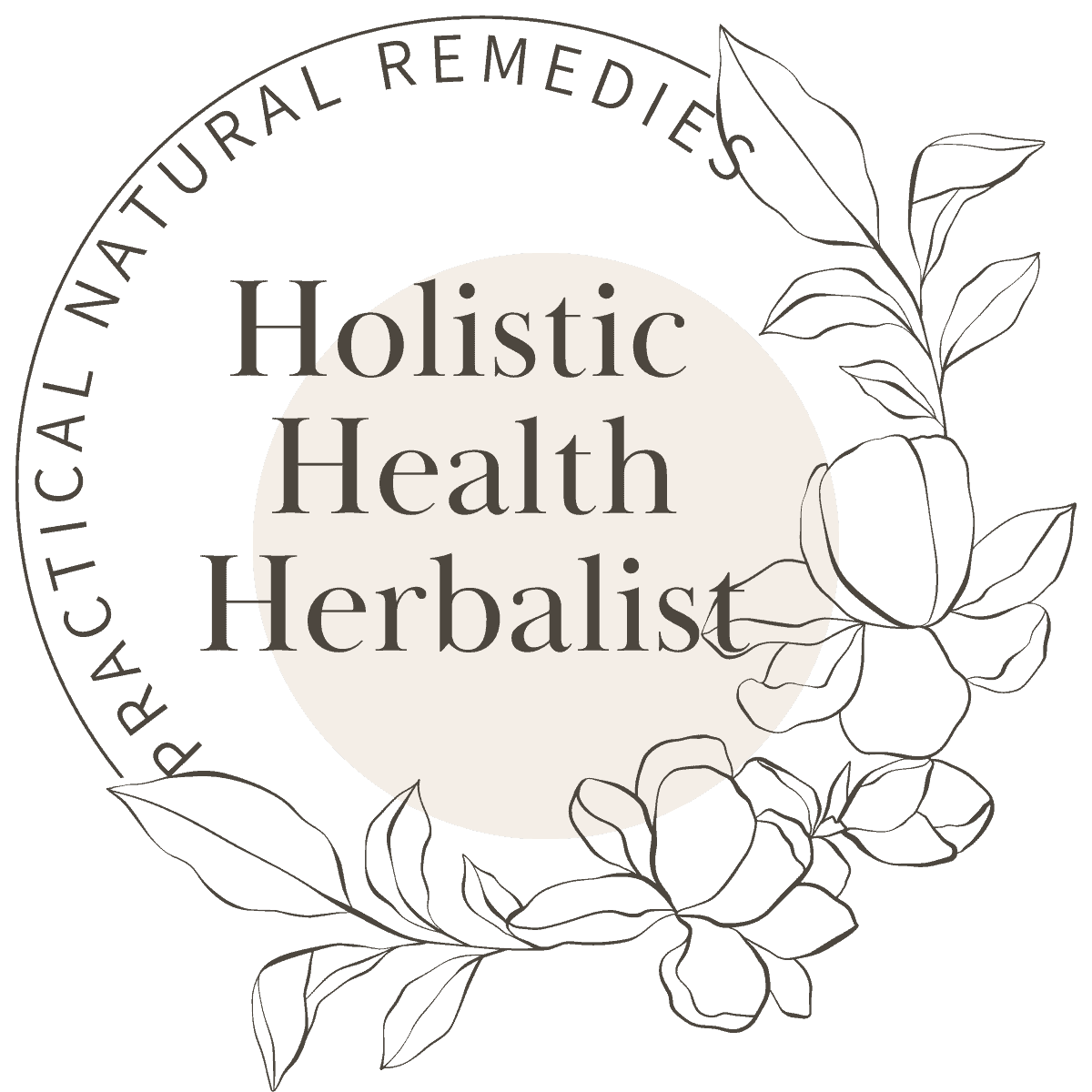

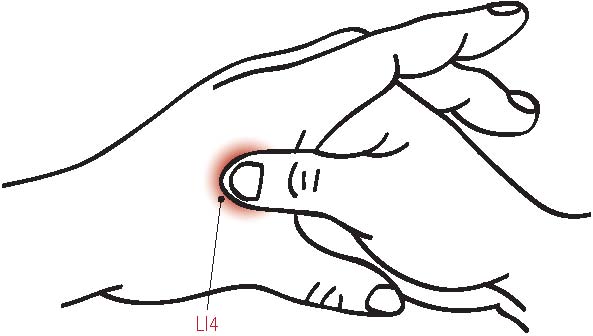
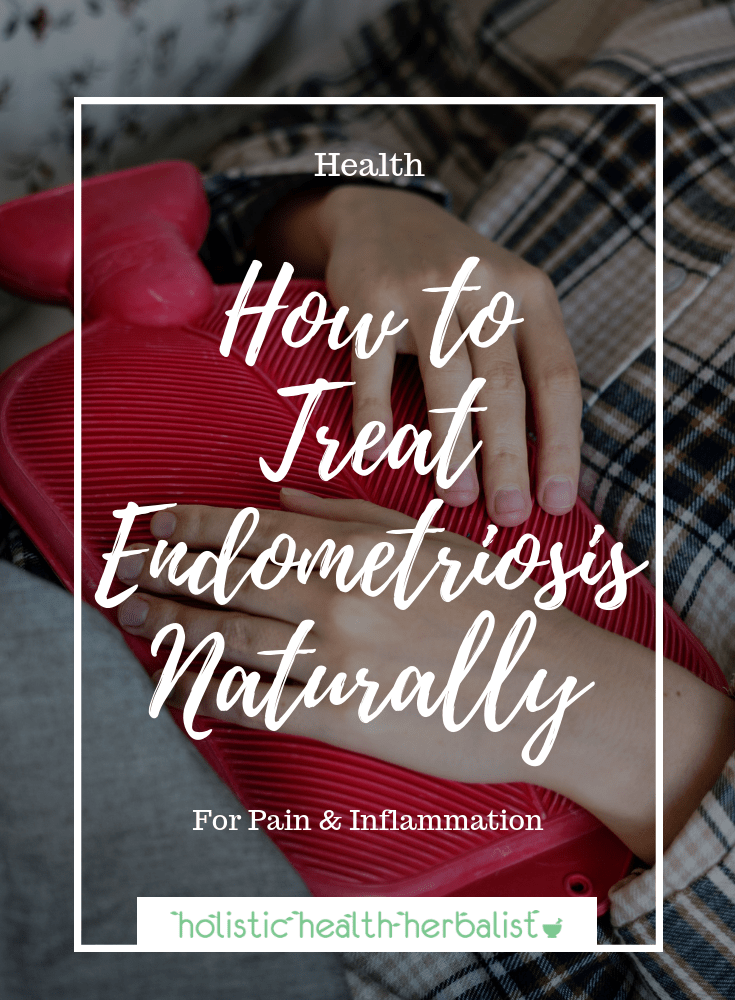
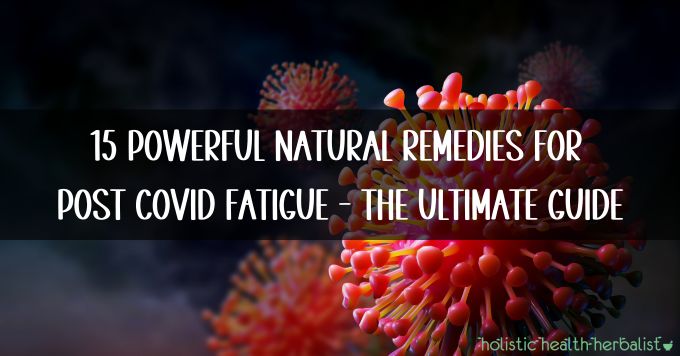
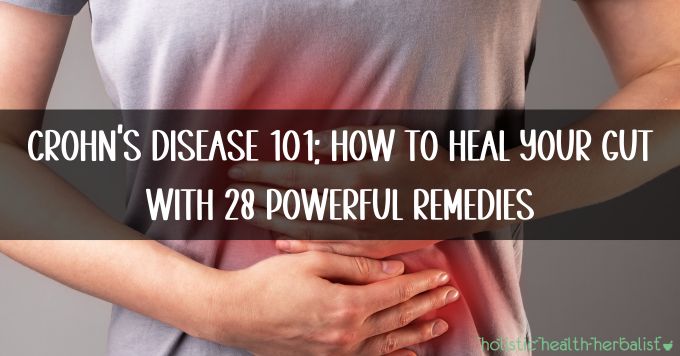
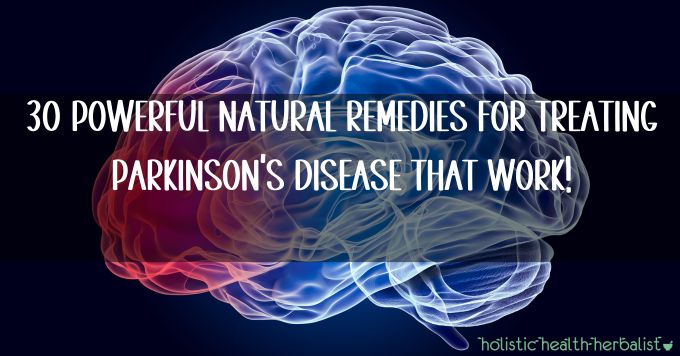
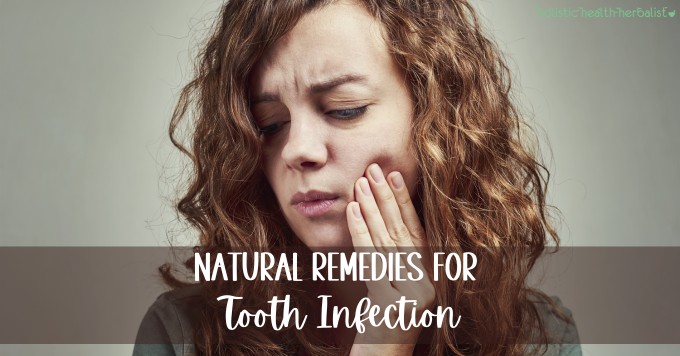
Melissa says
Thank you for this article and your blog in general. I have PCOS and endometriosis. It’s been such a painful process and I’m constantly looking up natural remedies and holistic alternatives because that seems to be where I find the most relief at this point. So thank you so much. You are helping people like me heal my body and live a better life <3
CHH says
Wow!! Does it work. If so, is there a time frame; is there a certain brand; why does it work? Inquirers want to know.
Krishna Murthi says
Very much informative
Carmel says
I found Aloe Vera Juice helped with lining the uterus which stopped the pain